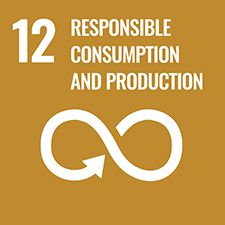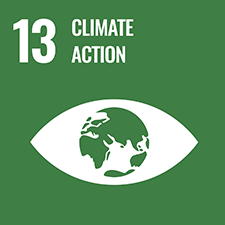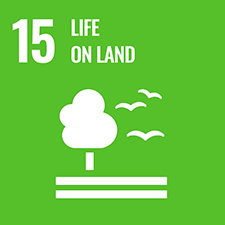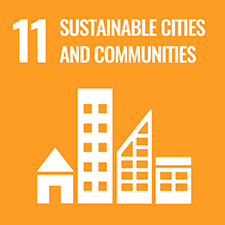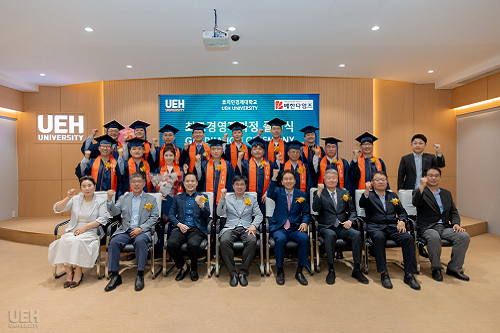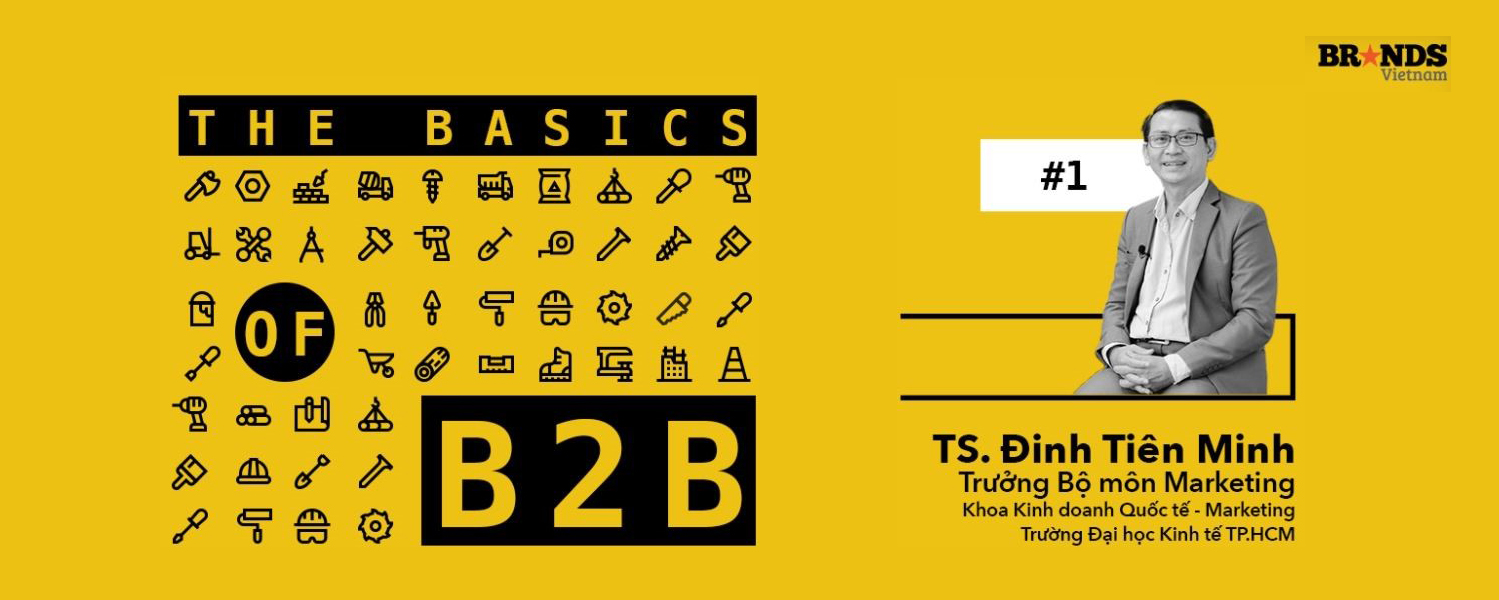
Series "The Basics of B2B" - Understanding the complexity of the buying process of business customers
24 Mar, 2021
This is the 2nd article in the series of articles titled The Basics of B2B by Brands Vietnam cooperated with Dr. Dinh Tien Minh, Head of Marketing Faculty, School of International Business - Marketing of University of Economics Ho Chi Minh City (UEH). The content of the article revolves around the basic knowledge of the B2B world. From there, readers have their own conclusions when they want to venture into a large and prosperous job market - B2B Marketing.
The buying process of a business is not as simple as going to the store, choosing products and buying to use. Due to the enormous volume and value of transactions, behind each decision are many steps of evaluation, and they are subjected to the influence of different subjects. Understanding this complexity allows marketers to navigate the B2B marketplace better.
* Understanding customers is the foundation of marketing activities. Can you share about the subjects involved in the buying process of businesses?
Depending on the types of products they buy, each business will set up relevant Buying Units and have different buying processes. For example, when businesses need to buy a computer system, normally, the technician will be the one who collects the usage demand of other employees and then recommends the appropriate type of configuration for the boss. The ultimate buying decision-maker can be a CFO, chief accountant or simply the head of the company.
.jpg)
Obviously, a Buying Unit usually has many participants, and each person plays a different role in the process. The technician's role in the aforementioned situation is an Influencer though having no authority to decide which equipment to buy. If you approach him and convince him to choose the equipment that your company offers, then you can only intervene as a part of their buying process. The Decider is another boss or other purchasing officer; you also need to reach out to them.
By the way, I want to share about a key person that often causes difficulties for business sellers, who is the Gatekeeper. Imagine when you call a business hotline to advise on a product, the operator or the secretary say no as soon as you see you intend to offer. Or when you come to the company without an appointment, the security guard will invite you to leave. As can be seen, the secretaries or security guards are just the initial small barriers but determine the success or failure of the whole sales process.
In the B2B buying process, the customer may not be the decision-maker, and the decision-maker may not have a thorough understanding of the product/service.
In order to handle such situations, salespeople must have communication skills to overcome rejection. You can inquire about the name and contact of the person in charge of purchasing or have your documents forwarded to the relevant departments. Or the company itself can organize product conferences and exhibitions and then send invitations to target businesses. These are more creative and effective ways to seize the opportunity to meet the key people who make the buying decision.
In general, the buyers in B2B and B2C transactions are entirely different in nature. In B2C, the consumer is still usually the decision-maker and the buyer, and then the marketer only needs to focus on reaching and convincing this single audience. But in the B2B buying process, the customer may not be the decision-maker, and the decision-maker may not have a thorough understanding of the product/service. Therefore, marketers will need to identify everyone involved in the buying process of the business, from which developing a plan to approach and persuade accordingly.
* Can you share details about the buying process of a business?
The purchase decision of every business comes from the first step, which is Generating demand, from which they find the right supplier. During this stage, sellers do not passively wait until the customer has a demand but must activate the desire to use their product/service. The best way is usually to show the business the benefits of the product you're selling. In other words, the seller must demonstrate that they are providing a solution to the customer's problem because the business itself cannot know all the products, equipment or technology that exist on the market.
I want to share an enjoyable personal experience. During many years teaching at the universities, I often used chalk to write on the board; later the chalk was replaced by a marker. It was hard for me to imagine how modern the office supplies companies were until they approached and introduced a smart podium product. It is a device with integrated interactive screen and can synchronize many files with a personal laptop, and the teacher can even draw on the screen. When businesses came to offer products with the advantage of improving the teaching quality of teachers, most schools had a demand to invest in new equipment, although the cost could be quite high. I want to emphasize that in this stage when the buyer has not generated a demand yet, the seller must know how to activate the demand.
.jpg)
After that, the business enters the second stage of a product information search. In this process, they will define the necessary product characteristics such as specifications, equipment capacity and parameters of size, weight ... The seller's goal is to provide the largest amount of information that businesses need.
The third step in the business customer buying process is Product Description Development. At this stage, the salesperson must try to convince the technical experts of the product's unique and outstanding features. Then, as an Influencer, they will include these criteria in the purchase profile of the business. This gives the seller a definite advantage in the later stages when the business starts to send requests for offers and quotations. Because then, our products will completely match the characteristics that customers are looking for, the chances of being chosen will be higher.
The customer then enters stage four: Finding a supplier based on the description that was created. During this process, sellers must regularly appear at international fairs and magazines, advertise through catalogs and brochures... to bring products into the sights of the business. In other words, you must have a clear understanding of your customers' portraits and information search behavior on their channels.
In the fifth step, businesses will request orders and quotations (Proposal). The seller's responsibility at this stage should not simply appear and send the quotation to them, but also need to take care and answer customers’ questions actively. Because every purchase, businesses usually receive a minimum of three offers from three different entities, building relationships can help us understand our chances of winning.
After that, the business will conduct the Proposal Evaluation & main supplier selection. During this stage, the seller must know to maintain the relationship with the customers to keep a close eye on their selection process, thereby providing additional information necessary to increase the likelihood of being selected.
A good salesperson must possess two characteristics: Understanding the buying process and Communication skills, building relationships.
If selected, you are most likely to be successful in selling to the business. Both parties, the customer and the supplier, will enter phase seven of mutual agreement on the future workflow and initiate Submit Orders.
Finally, in the process of buying and selling, customers will regularly check and evaluate the effectiveness of the supply side. Large businesses often have rigorous evaluation procedures. Sometimes they can outsource specialized companies to do this, so sellers must always listen to feedback to improve the quality of products/services. Do not lose out on customers that we have a hard time building trust in them.
In short, the buying process of a corporate customer is long and complex, involving a wider range of subjects. In each stage, sellers must implement different tactics to reach and build trust with the business.
* In your opinion, what makes a good seller in the B2B market?
In my opinion, besides product knowledge, which is indispensable, a good salesperson must possess two characteristics: Understand the purchasing process and communication skills, building relationships.
As I mentioned above, the business buying process is quite complex. The buying method of each company is often not the same and depends on the type of input product. Sellers need to identify the people involved in the buying process of each business in order to have appropriate strategies. Besides, Relationship marketing is an indispensable activity in B2B transactions. So good sellers also need to master communication skills and build relationships with people.
* Thank you for your sharing!
Source: Brands Vietnam



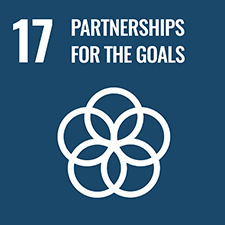
![[Research Contribution] Factors Affecting Gen Z's Intention To Buy Green Cosmetics Through The Intermediate Variable Of Consumers' Attitude](/images/upload/thumbnail/ueh-thumbnail-639018655243295179.png)

